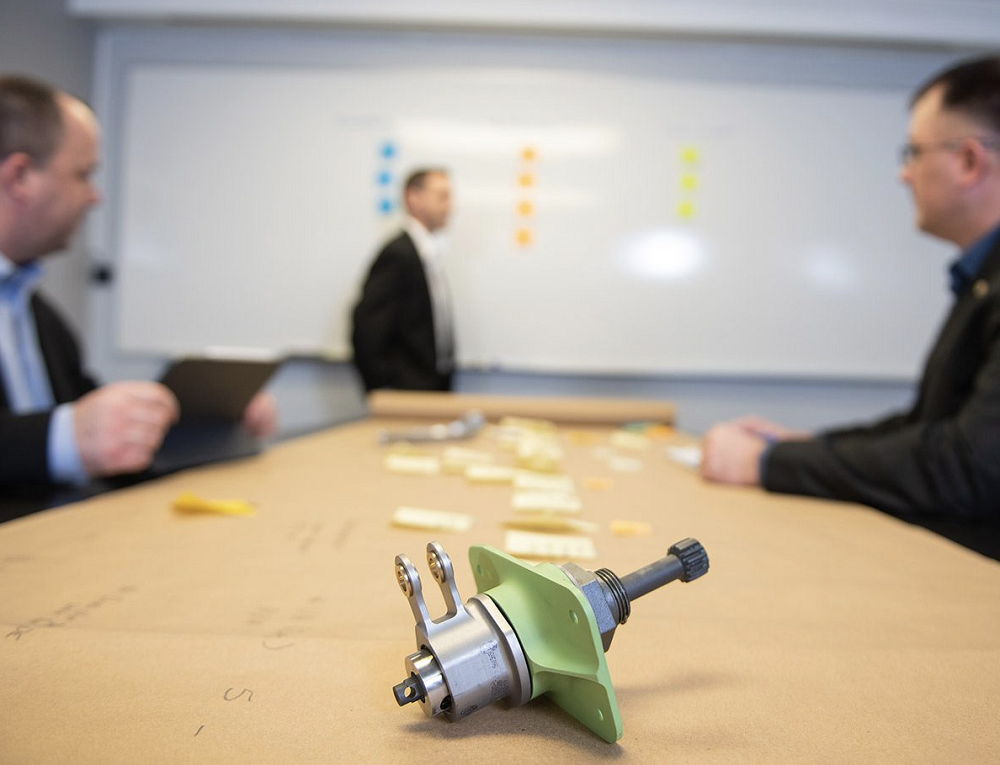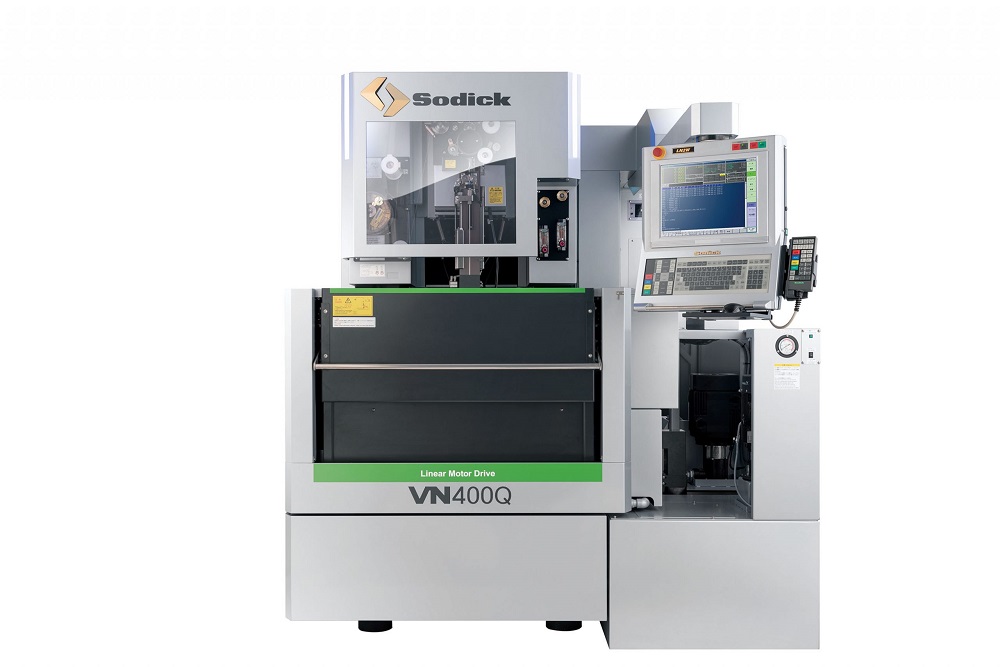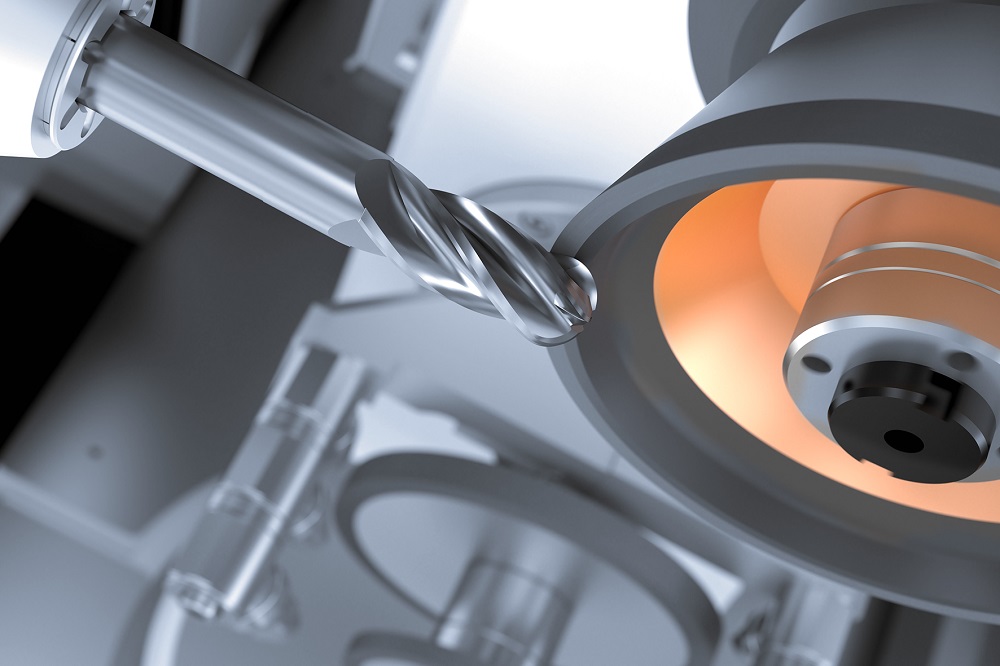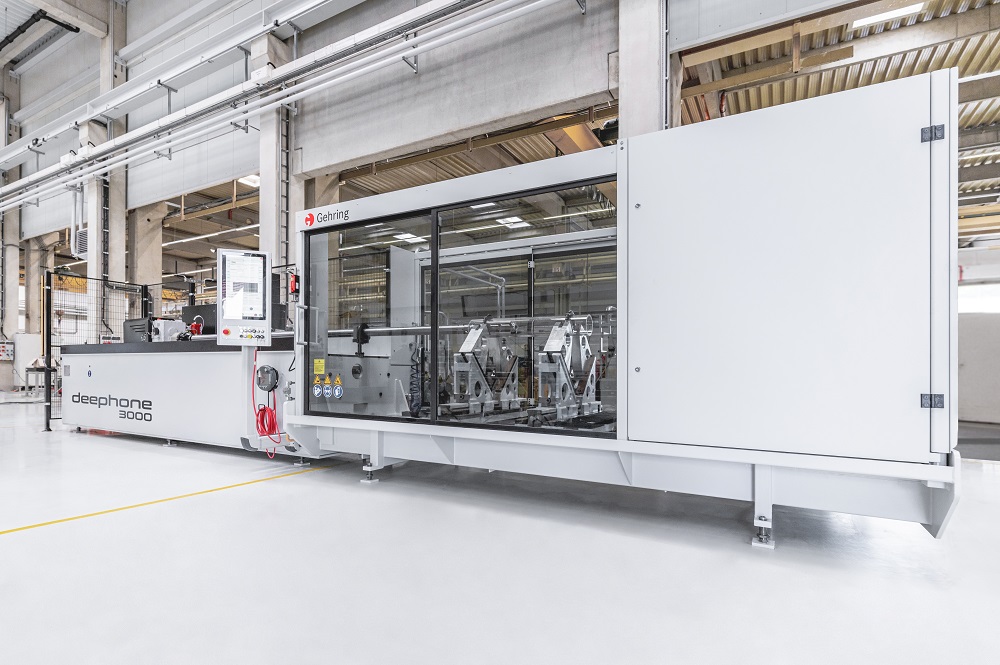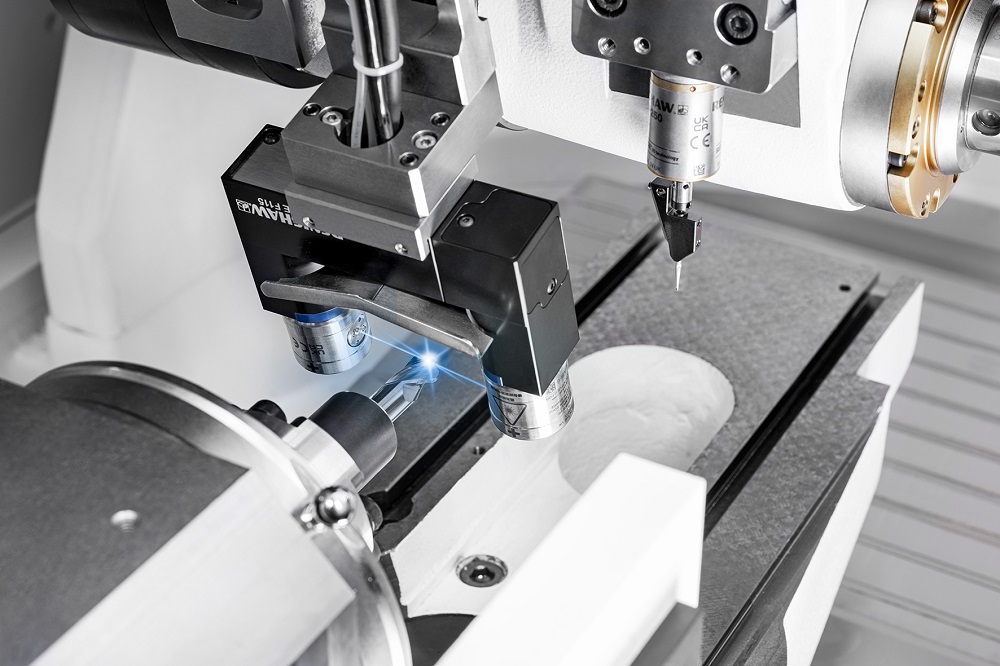An aerospace parts supplier in Wichita, Kansas, has built its business based on three key pillars: people, process and principle. VERICUT toolpath simulation and optimisation software from CGTech helps support the ‘process’ element of the company’s ethos.
Integrity and experience. Consistent performance. Clarity of purpose. These are words to live and work by, no matter the vocation. They are also the guiding philosophies behind Trinity Precision Inc’s motto of ‘people, process, principle’, and ever since founders David May, Steve Ford, Dave Tice and Chris VanNover opened the company’s doors in 2014, they have stood by them.
“When we started Trinity, it was important that we establish the foundations needed to ensure success for the company and its employees,” says VanNover, Trinity Precision’s vice president of operations. “One of these was the use of robust programming technology, which includes accurate, productive toolpath simulation. VERICUT has filled that role since day one.”
CNC programming manager Merritt Stuever has been at Trinity Precision for the past five years. Like VanNover and the rest of the company’s management team, he also has great respect for VERICUT. Including his time at Trinity Precision, he has been using the product for nearly two decades.
“After running a program through VERICUT, we’re not only assured that the G-code is consistent with a good part, but we also eliminate any chance of a crash,” he says.“Considering the cost of replacing a spindle and the machine downtime that comes with it, it’s a simple choice. VERICUT is a no-brainer.”
To say that Trinity Precision is heavy into aerospace work is an understatement. The company’s customer list includes blue-chip organisations like Boeing, Northrop Grumman, Gulfstream, Textron Aviation and many others besides. OEMs of this stature have zero tolerance for deviation in part quality or missed deliveries. As such, strict adherence to established processes is critical, which helps explain the aerospace supplier’s focus on ‘the three Ps’ in its logo, along with its reliance on sound programming procedures.
VanNover explains that Trinity Precision president David May purchased an existing “mom and pop” machine shop as a starting point for the new business. The previous owners were using a well-known brand of CAM software and had a single seat of CATIA from Dassault Systèmes that was gathering dust. May and his management team hit the reset button.
“We knew from previous experience that implementing change once you’ve reached a certain size can be difficult, so we took the opportunity early on to build everything right from the ground up,” he says. “We stayed with CATIA because that’s what most of our customers require and, like I said, we alsoinvested in VERICUT. It does everything that we need it to do, and seeing as we were looking forward to a lot of new CNC equipment back then, also liked the fact that we could develop our own machine tool models. It gives us a lot of flexibility.”
Today, Trinity Precision boasts 32,000 sq ft of manufacturing space and a fleet of advanced CNC machinery. The company has also enjoyed a four-fold revenue increase since those early days. VanNover notes that, like most in the aerospace industry, the pandemic-related slowdown in commercial aviation gave them “a pretty significant haircut” over the past two years. However, that tide appears to be turning and Trinity’s 70+ employees stand ready for future growth.
Of course, growth depends on robust processes, something Stuever and the rest of the engineering team spend their days developing. Every CNC machine tool has a standard tool list, greatly reducing set-up time and eliminating the chance that an operator will place a cutter in the wrong position.
In addition, all feedrates, cutting speeds and other machining parameters are similarly standardised within CATIA. Offline tool pre-setting is in active use at Trinity Precision and many of the machine tools employ tool breakage detection for automated operation. Every job goes through VERICUT before leaving the programming office, a requirement that Stuever says has saved the company countless hours of rework and even scrap.
“We’re mostly a high-mix, low-volume shop, so oftentimes we might have a couple of dozen new part numbers in a week,” he explains. “Since none of us can read and visualise hundreds of thousands oflines of G-code, VERICUT is the best way to check for interference, gouging, leftover material and any of the other everyday programming scenarios that can lead to a bad part or worse. And since we know the software will catch things like that, it makes the programming process both easier and faster.”
Stuever is also pleased with CGTech’s support level. He has taken several courses over the years and attended multiple VUE sessions (VERICUT Users’ Exchange). As a result, Stuever has come to know many of the people at the software developer’s Irvine headquarters.
“They’re very helpful and always take the time to make sure any issues or needs are resolved,” he says. “As far as technical support goes, there are only two companies that I rank extremely high. CGTech is one of them.”
VanNover offers similarly high praise: “The rest of the management team and I have worked in shops where machinists were out there changing programs, selecting their own tools and pretty much doing their own thing. However, you can’t operate like that anymore, especially with the available labour force. This is why we’ve taken most of that responsibility and put it in the programmer’s camp, making it critical that we have the right software tools. And so even from the very start, this was a non-negotiable aspect of our desire to lay the right foundation; VERICUT is a big part of that foundation.”
For further information www.cgtech.co.uk






